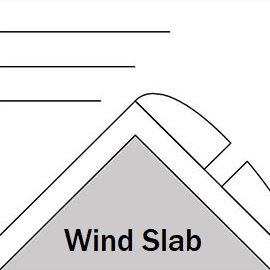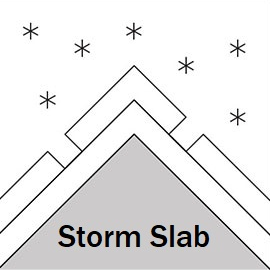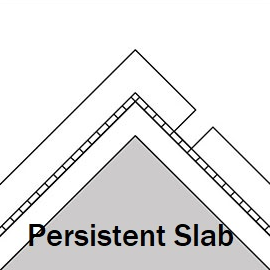Gudauri
Natural avalanches are possible, human-triggered avalanches are likely. Small avalanches in many areas, or large avalanches in specific areas, or very large avalanches in isolated areas.
Expect all the avalanche problems to build over the upcoming days with continued snow and danger is expected to slowly increase to considerable until Friday when the storm is expected to start decreasing. New snow slides could trigger older layers further down, resulting in large to very large avalanches.
Forecast issued at: 18 February 2025 08:30
Forecast valid until: 20 February 2025 08:30
Forecaster: SaRah Busse
High Alpine
> 2600m
3 Considerable
Dangerous avalanche conditions. Careful snowpack evaluation, cautious route-finding and conservative decision-making essential.
Alpine
2000m - 2600m
3 Considerable
Dangerous avalanche conditions. Careful snowpack evaluation, cautious route-finding and conservative decision-making essential.
Sub Alpine
< 2000m
2 Moderate
Heightened avalanche conditions on specific terrain features. Evaluate snow and terrain carefully; identify features of concern.
Avalanche Problems
Wind Slab

Watch out for build-ups or pillows of wind-deposited snow around ridges caused by SE, E, S and SW winds. Even a small slab could also trigger the weaker layers buried lower in the snowpack.
| Sensitivity | The specific avalanche problem type is highly reactive to human rider triggers. |
| Distribution | Specific areas, with common characteristics. Evidence for instabilities exists, but it is not obvious and finding it requires careful observations. |
| Time of Day | All day |
| Trend | Deteriorating |
| Confidence | Moderate |
Storm Slab

At all aspects and elevations, but worse at upper elevations where the new snow layer is thicker, storm slabs could be triggered by the weight of one rider. Check safe test slopes and watch for cracks in the snow.
| Sensitivity | The specific avalanche problem type is reactive to human rider triggers. Easy to trigger with ski cut. |
| Distribution | Many locations. Evidence for instabilities is frequently found, in many locations. |
| Time of Day | All day |
| Trend | Deteriorating |
| Confidence | High |
Persistent Slab

There are layers of loose snow at various depths within the snowpack and also at the ground. These have failed easily in some tests, and this means large avalanches could be started if someone finds the 'sweet spot'. Plan a safe route and check the snow carefully before you drop in.
| Sensitivity | The specific avalanche problem type is reactive to human rider triggers. Easy to trigger with ski cut. |
| Distribution | A few, isolated locations; evidence for instabilities is rare and hard to find. |
| Time of Day | All day |
| Trend | Deteriorating |
| Confidence | Moderate |
Recent Avalanches and Snowpack
Cold temperatures and new snow totaled around 15cm-30cm yesterday. Winds picked up to moderate over the day and wind slabs are expected to build. Thursday wind slabs were already starting to be present on ridges of W and NW facing slopes on Bidara ridge.
Weak sugary layers below hard slabs and surface hoar layers seen above and below them, continue to exsist in the early season snowpack about 2500m and on shady aspects at lower elevations. These layer combinations previously have caused easy failures in test results in some locations, and would be more dangerous in places where the harder layer is thinner. With the new snow added onto these weak layers, the snowpack is expected to become more unstable and more likely to fail.
No recent avalanches observed.
Weather
New snow is expected until Saturday totalling 65cm-102cm, temperatures expected to get increasingly cold with light winds from the North.
Disclaimer
Our avalanche forecasters are internationally qualified and experienced professionals, and data is provided by skilled observers. We encourage you to make your own observations and decisions, without relying solely on our forecast, since any forecast is a generalised 'best guess', and in certain cases it might be inaccurate. We can not be held liable for any actions you take in the backcountry that may result in injury, loss or death.